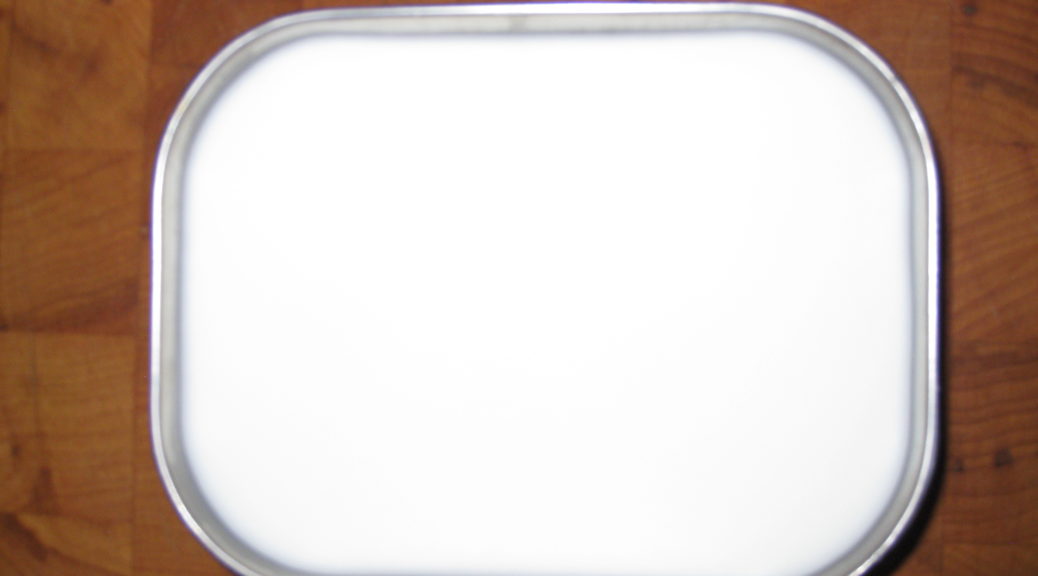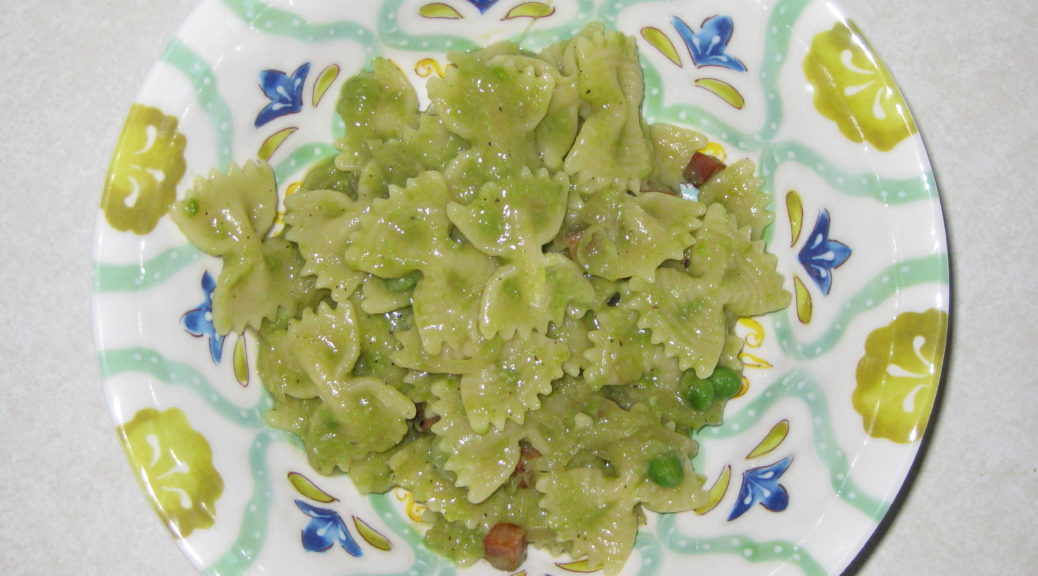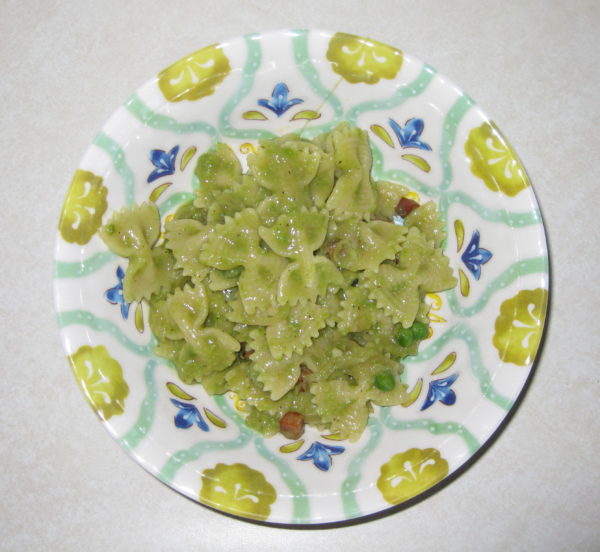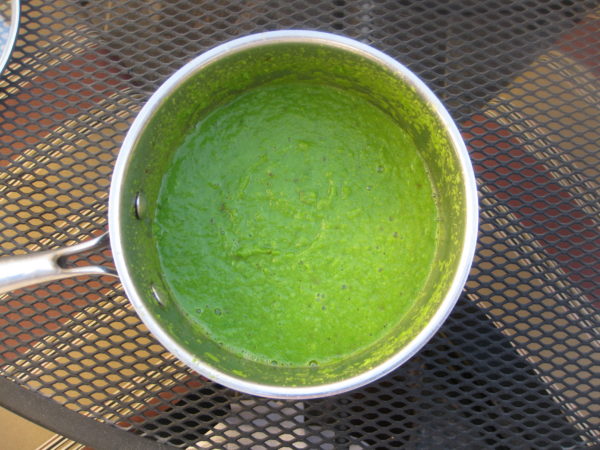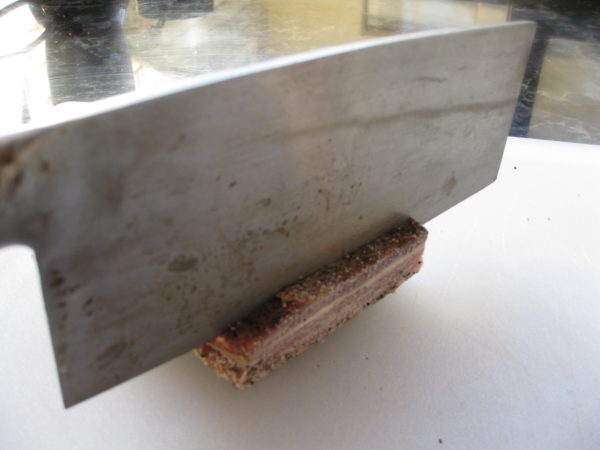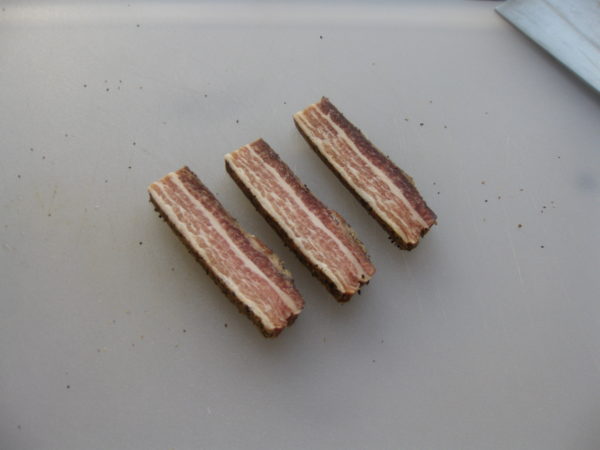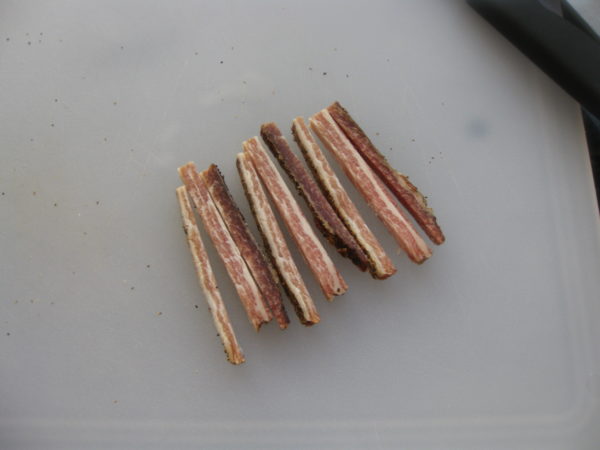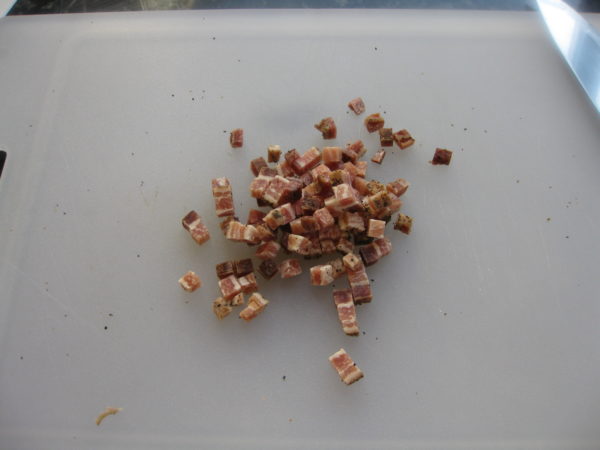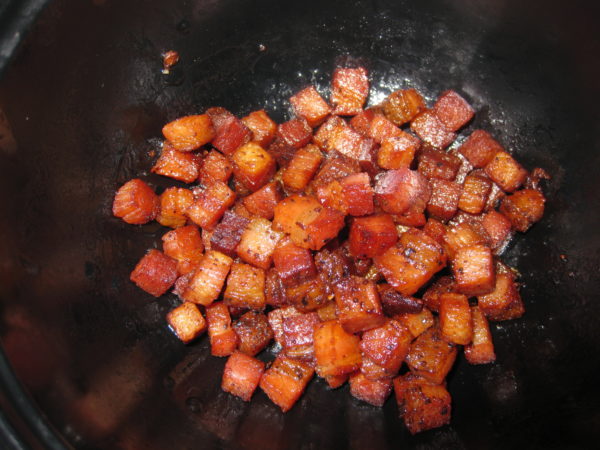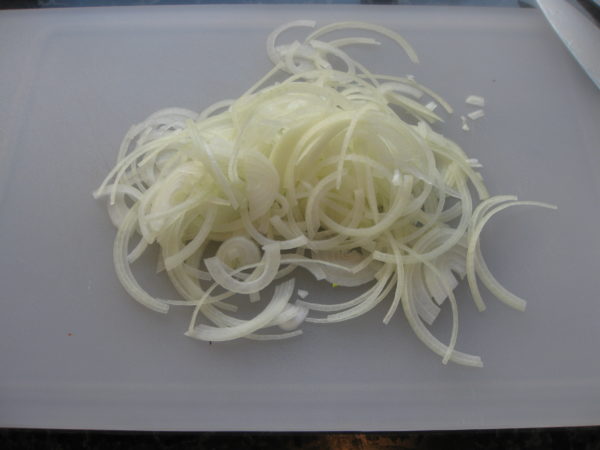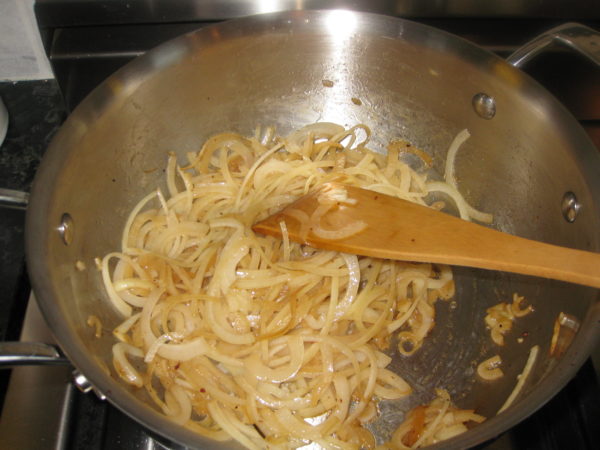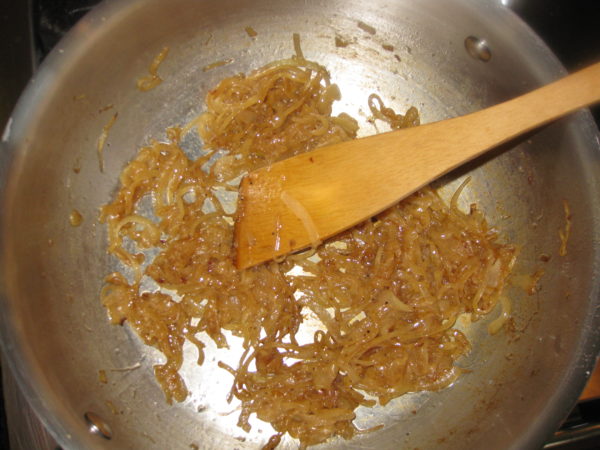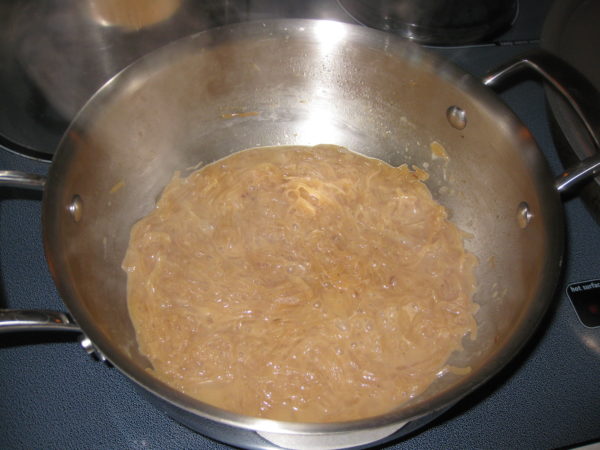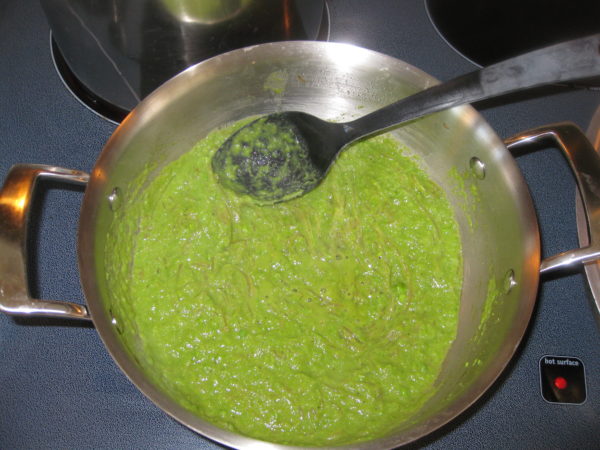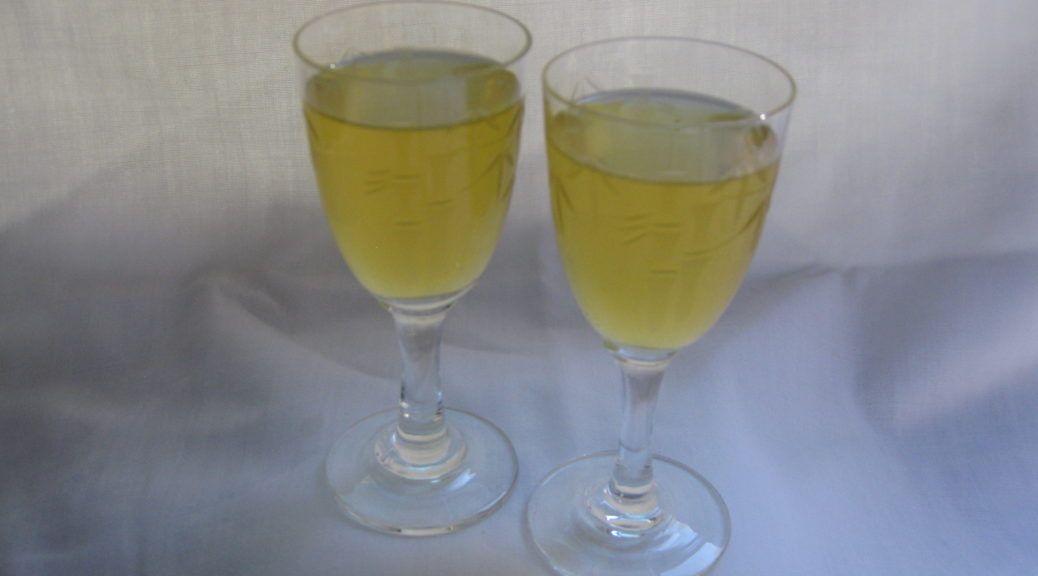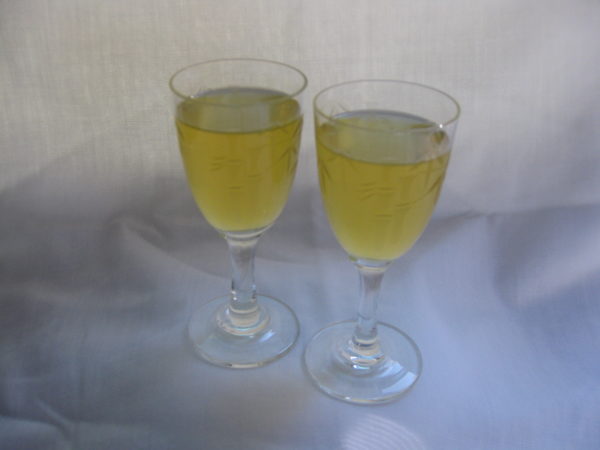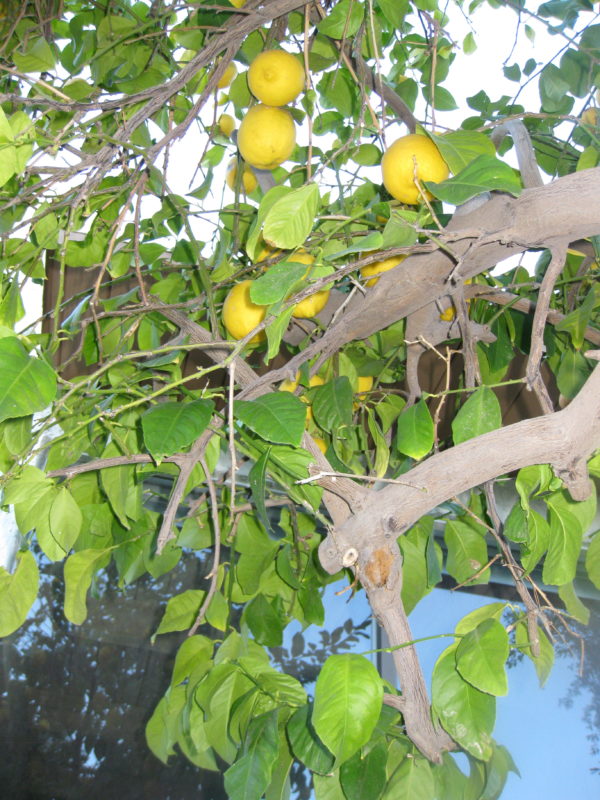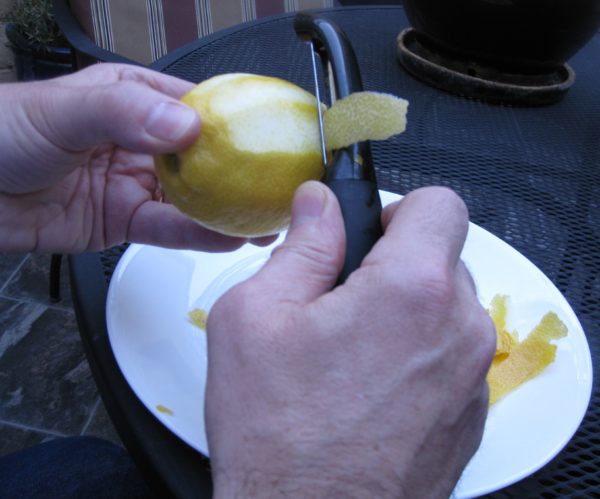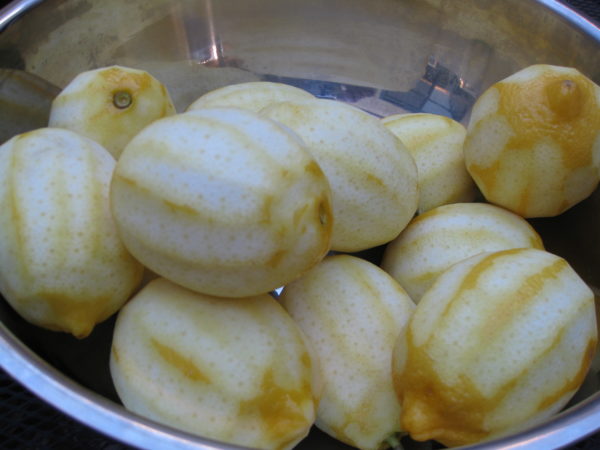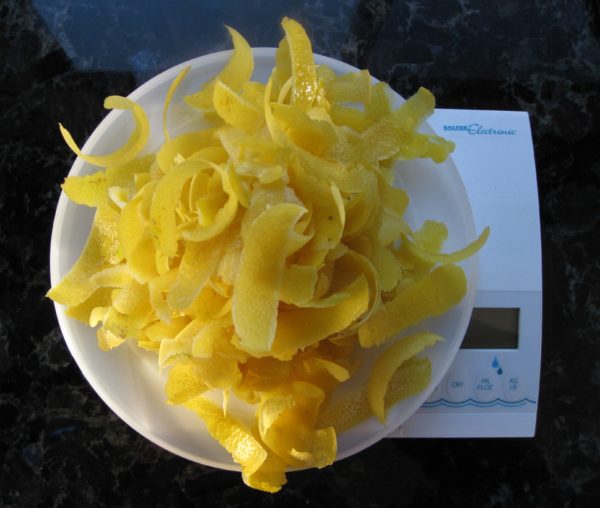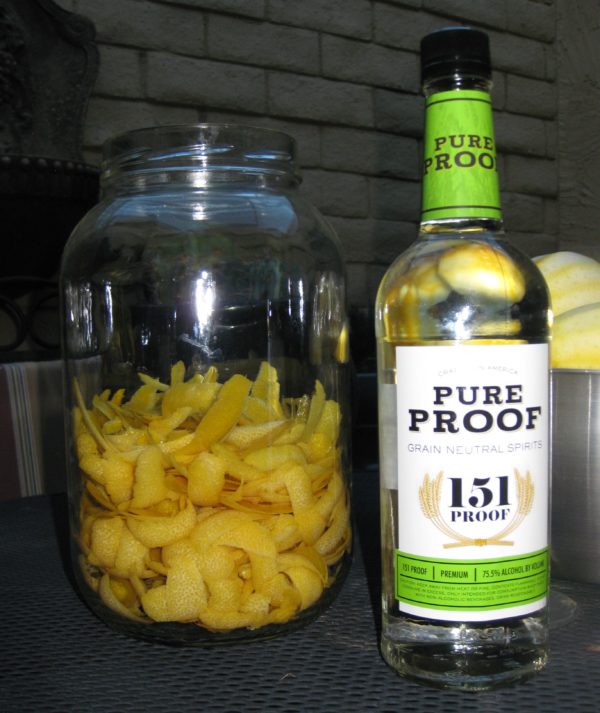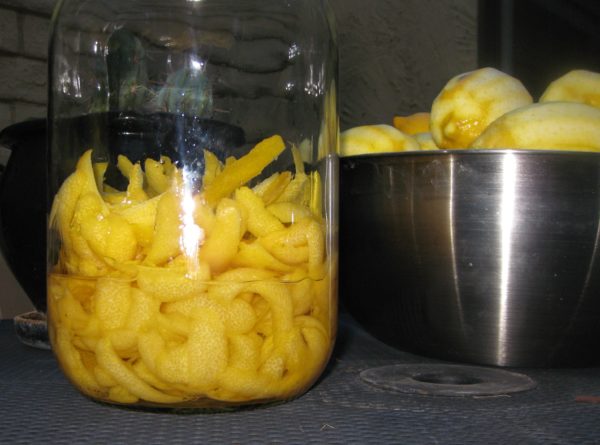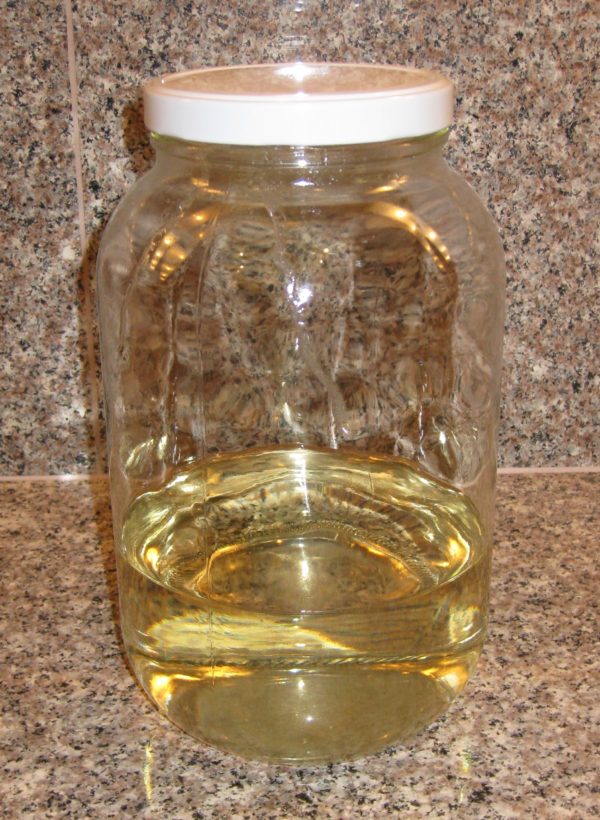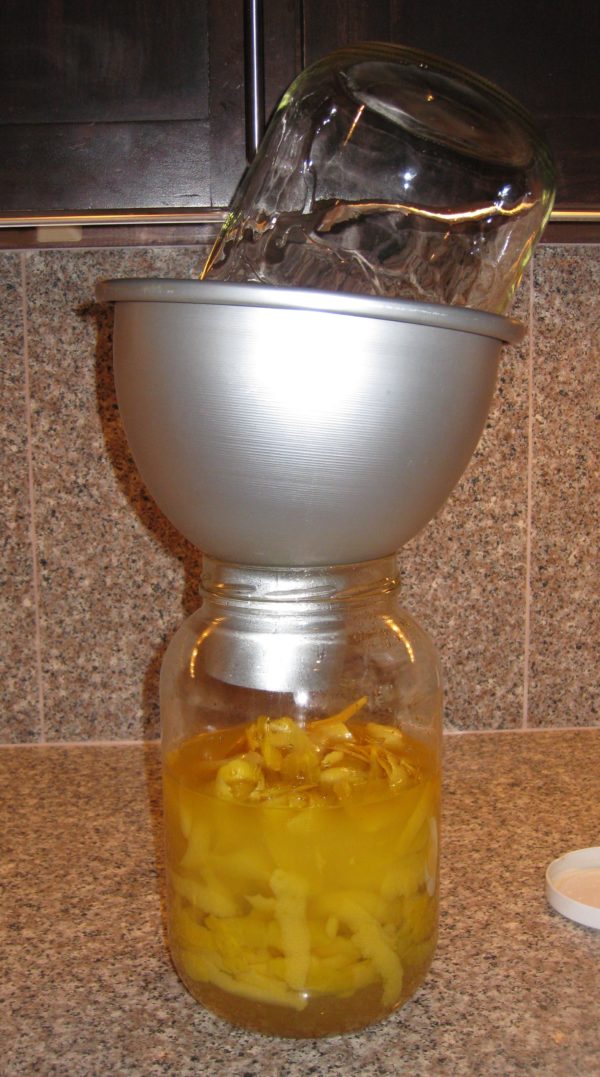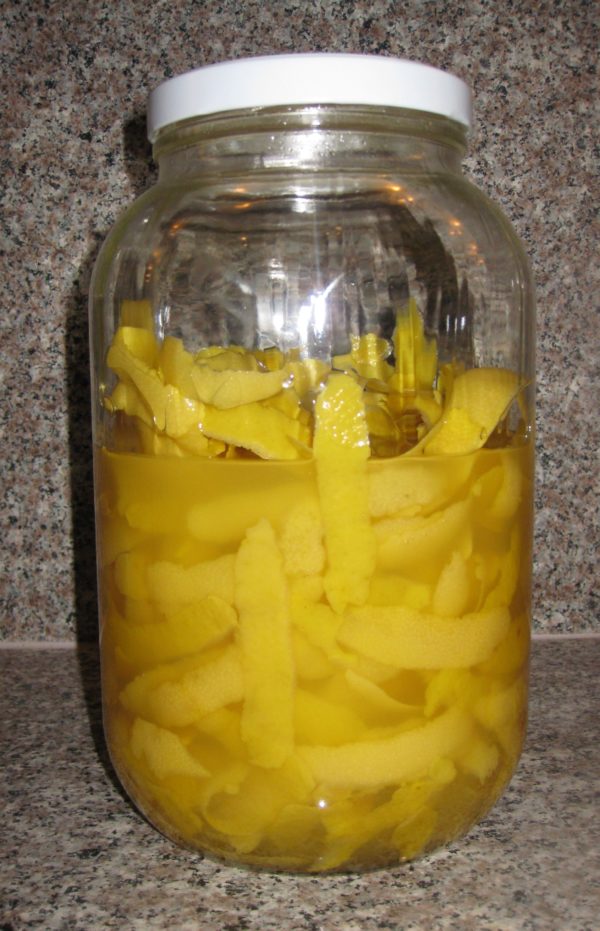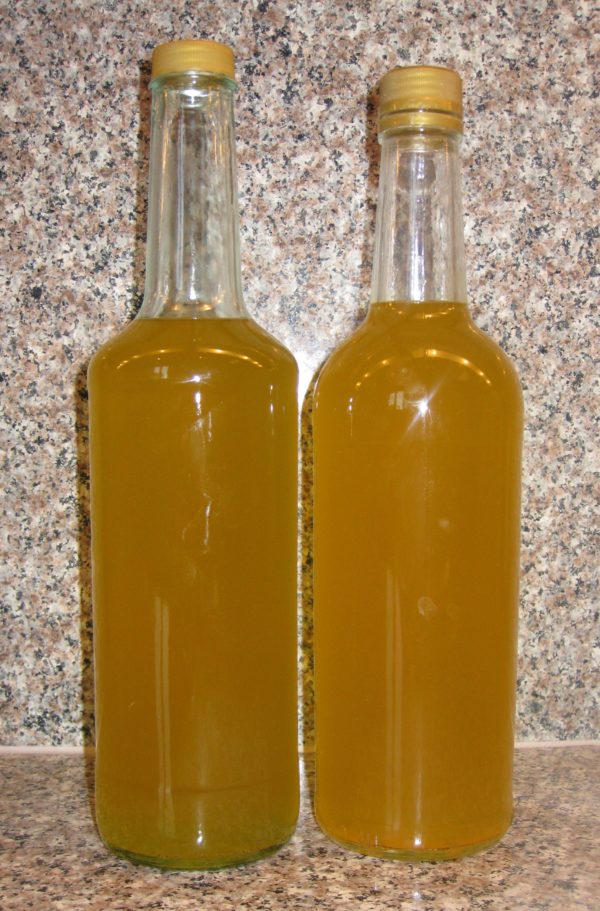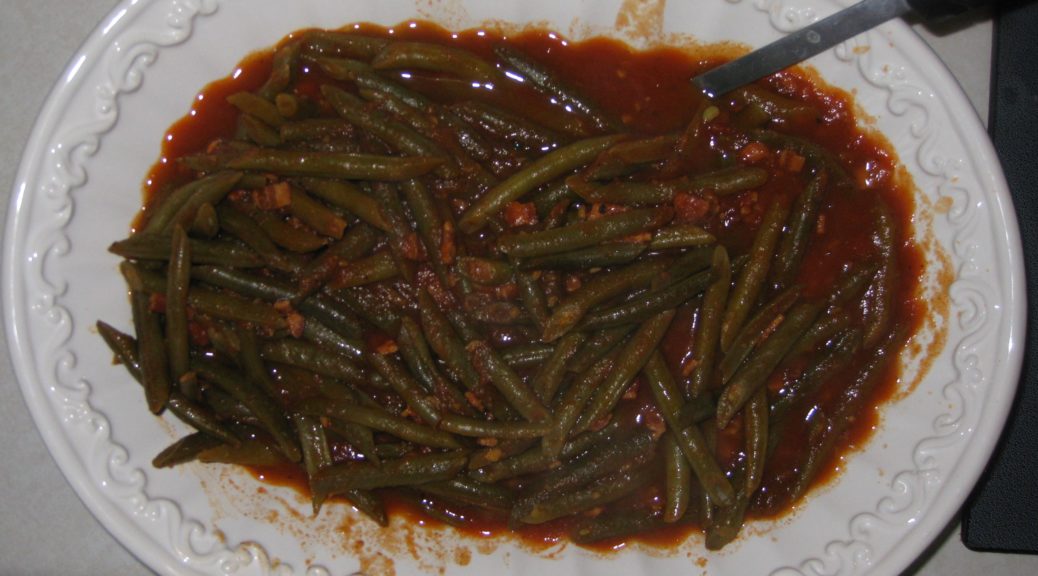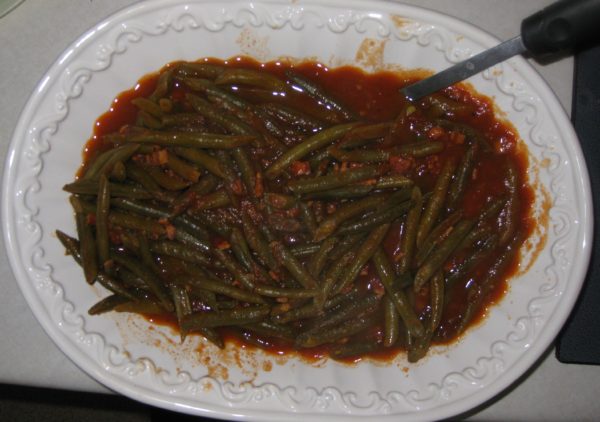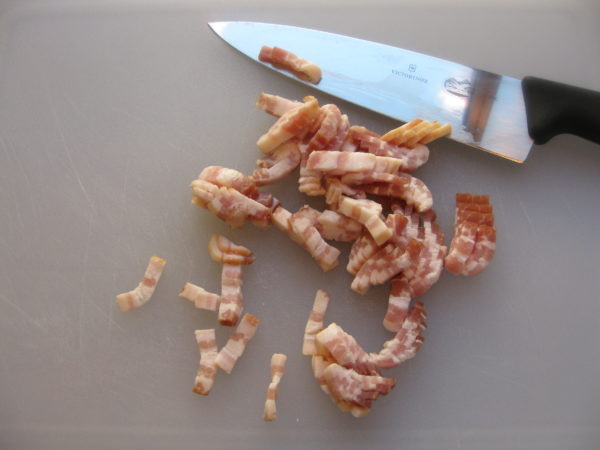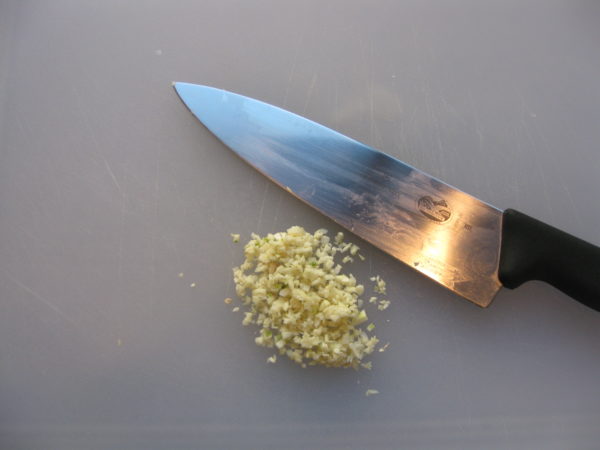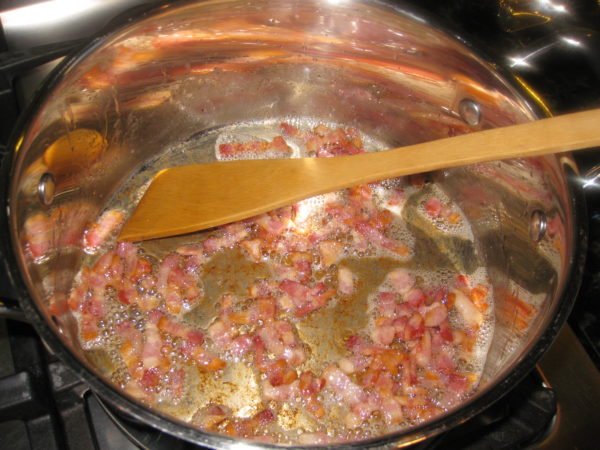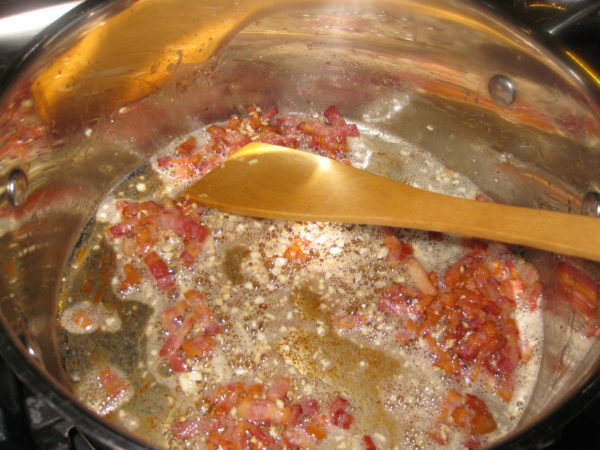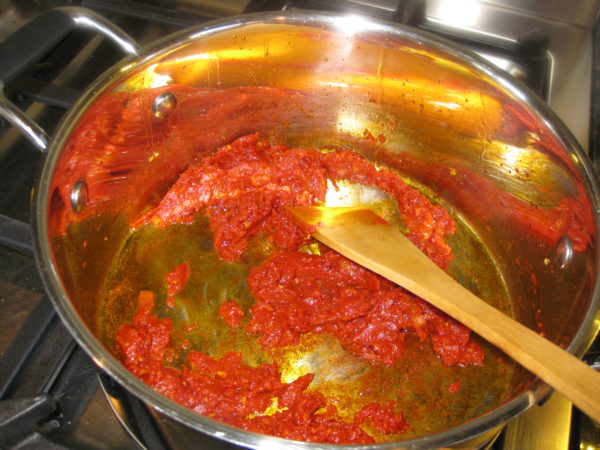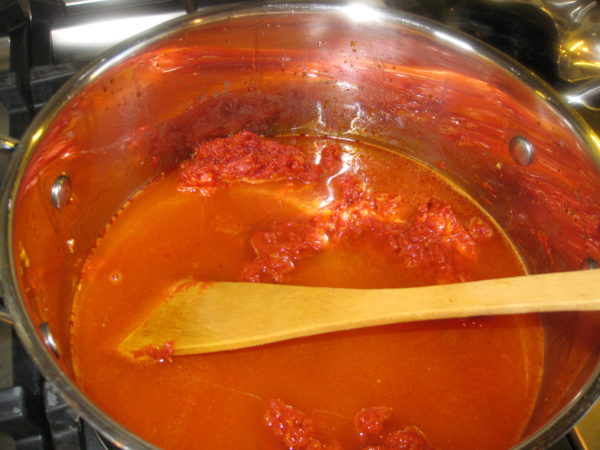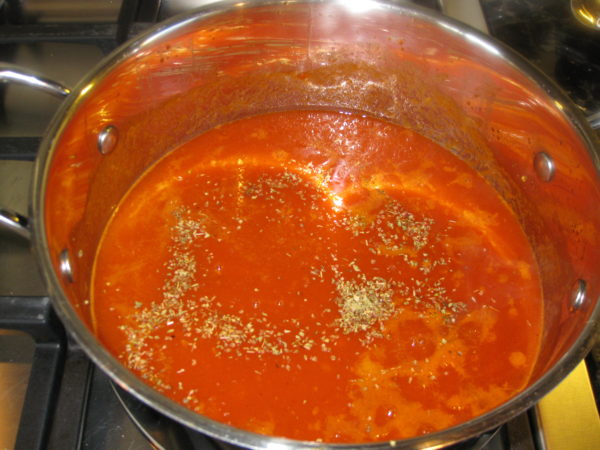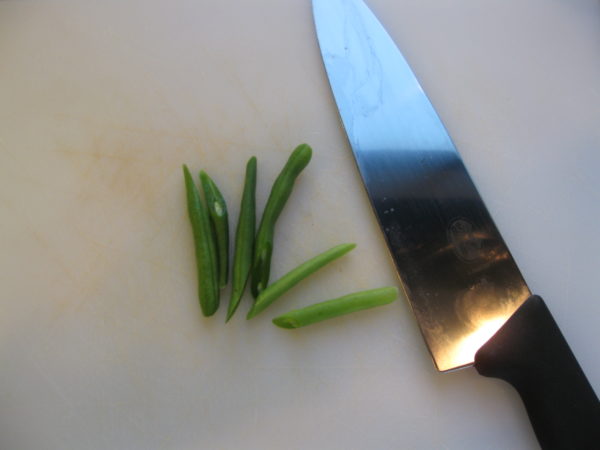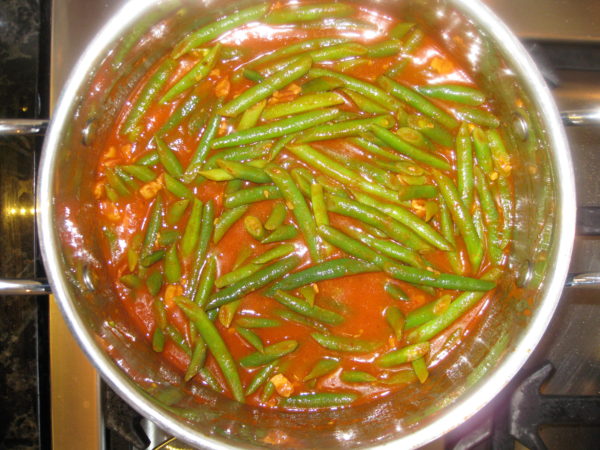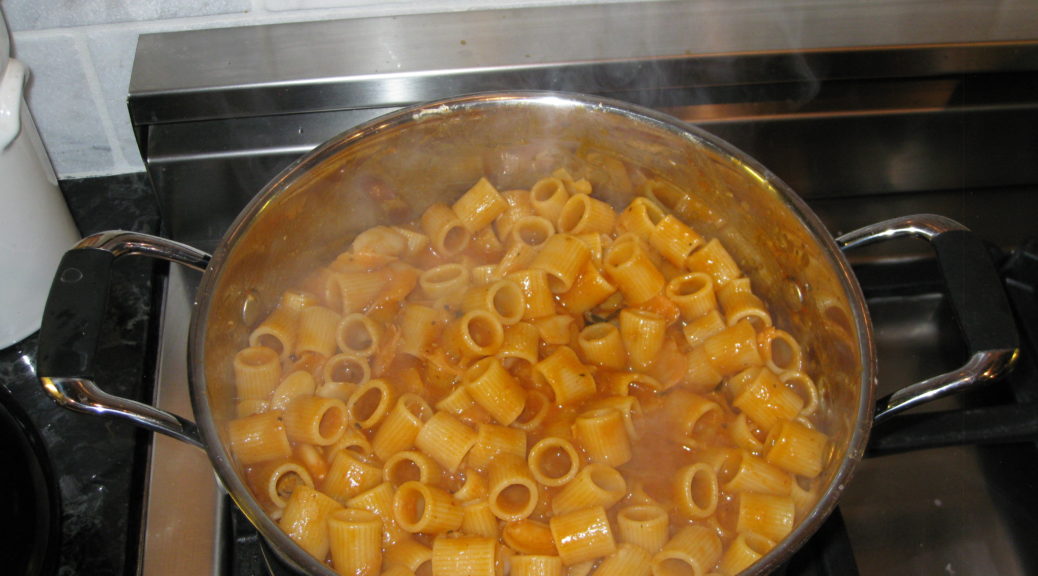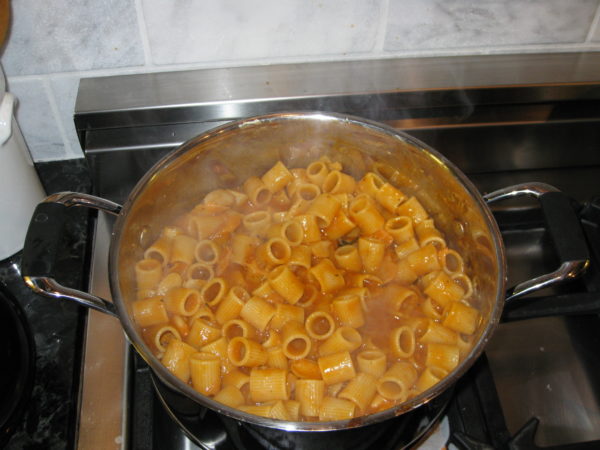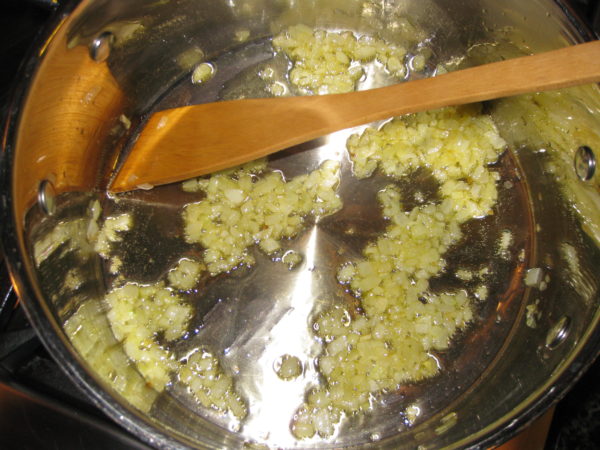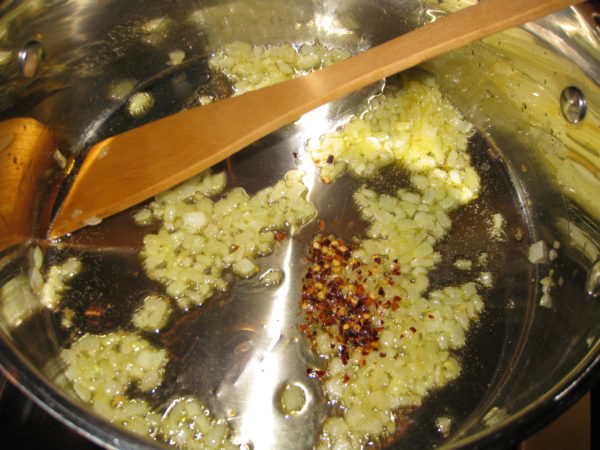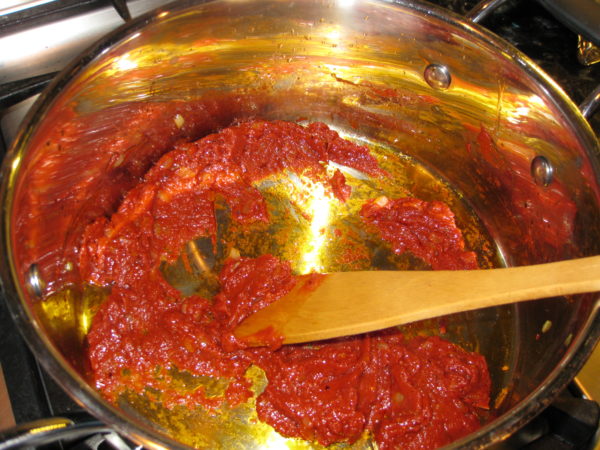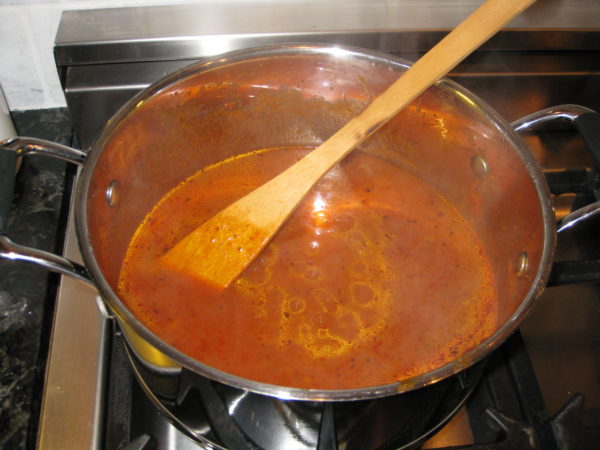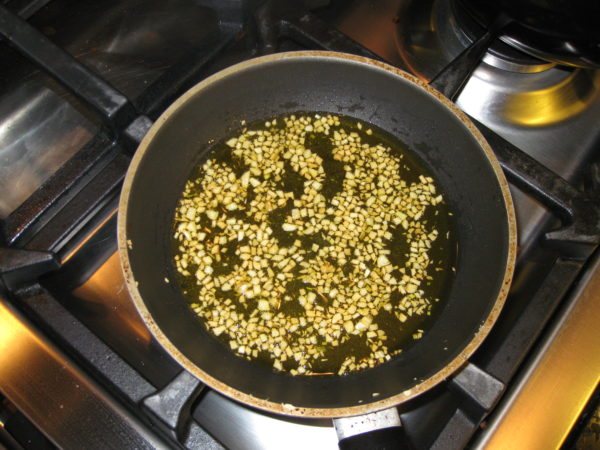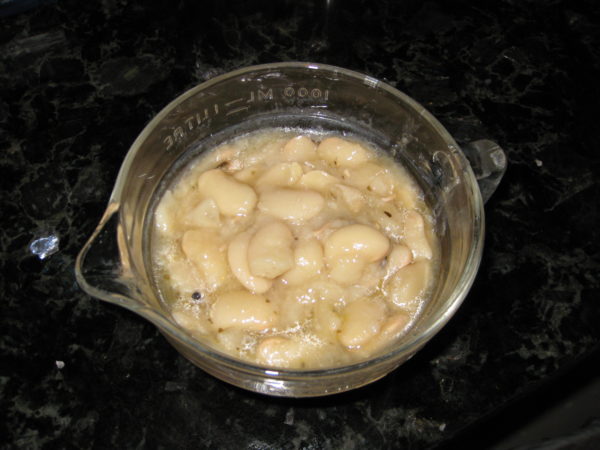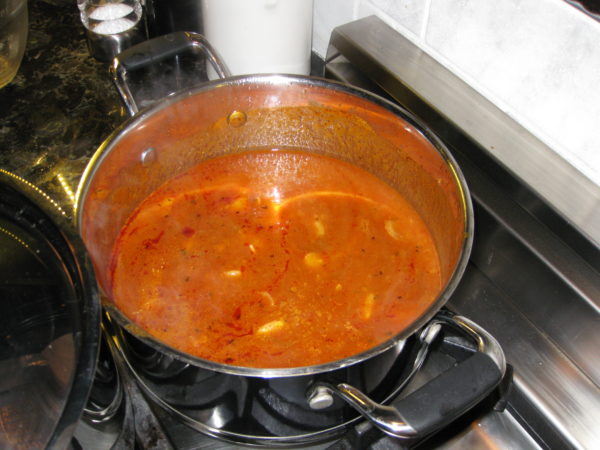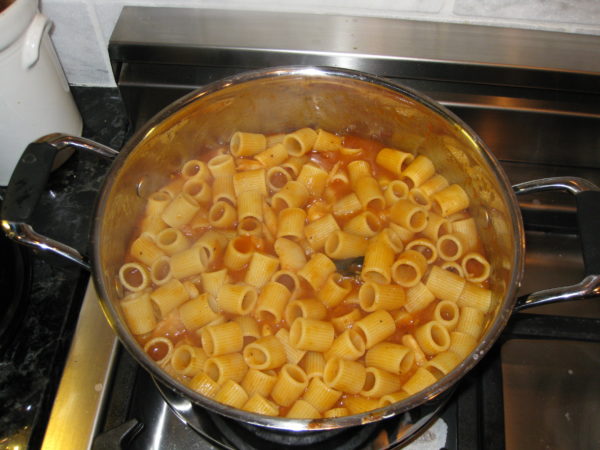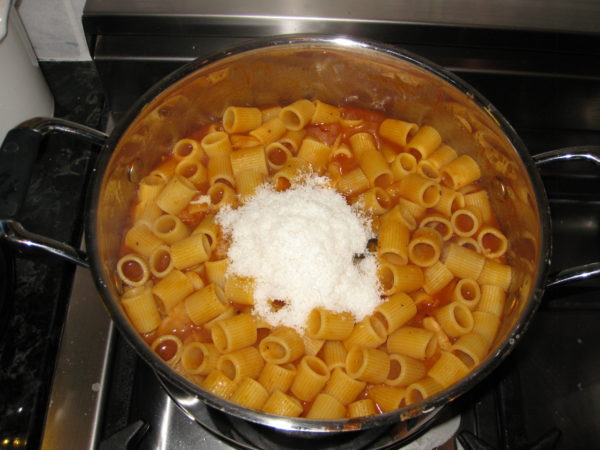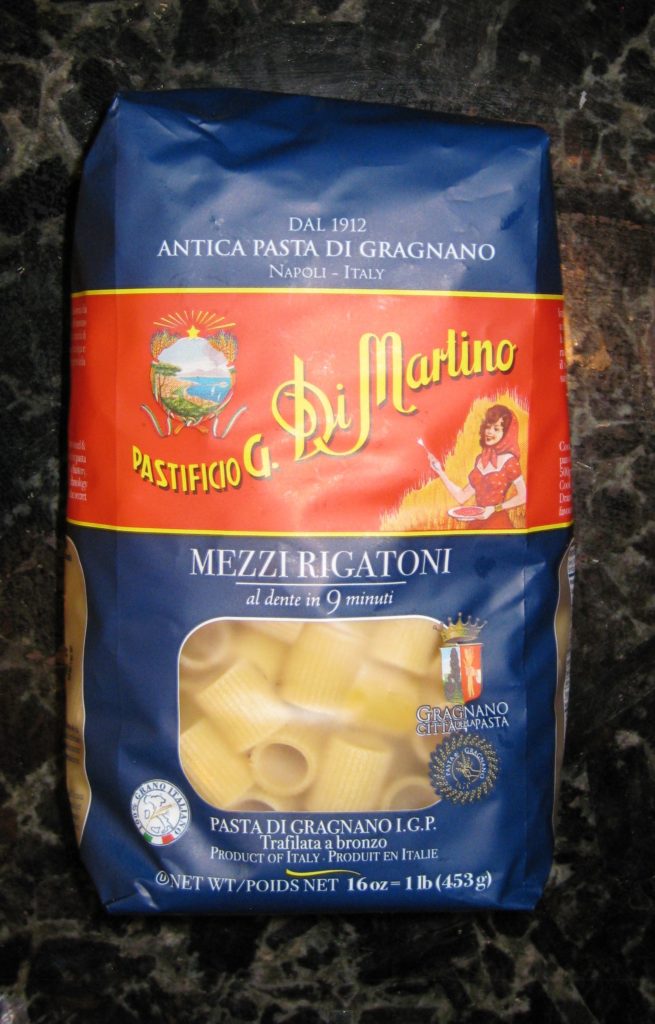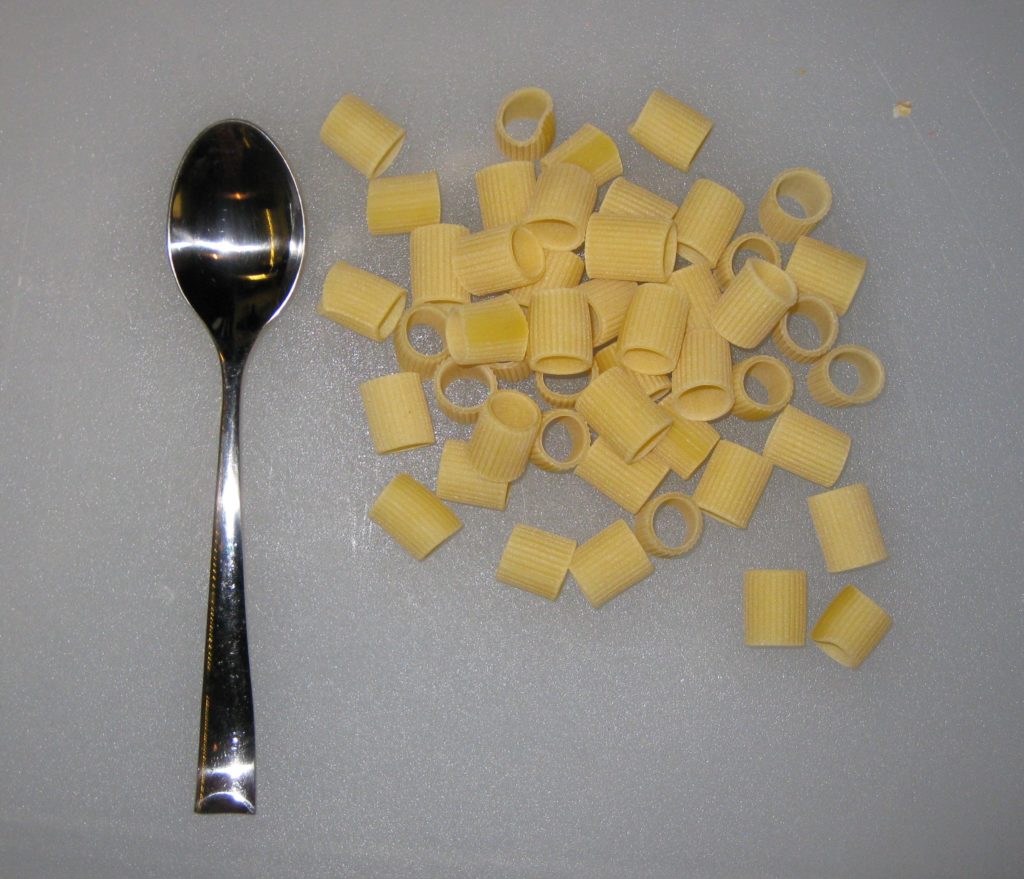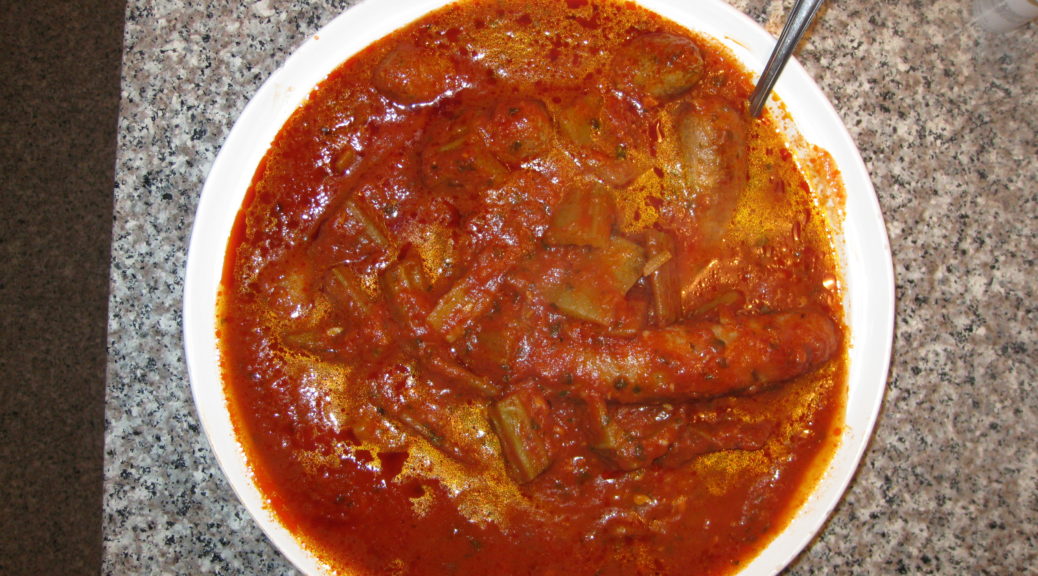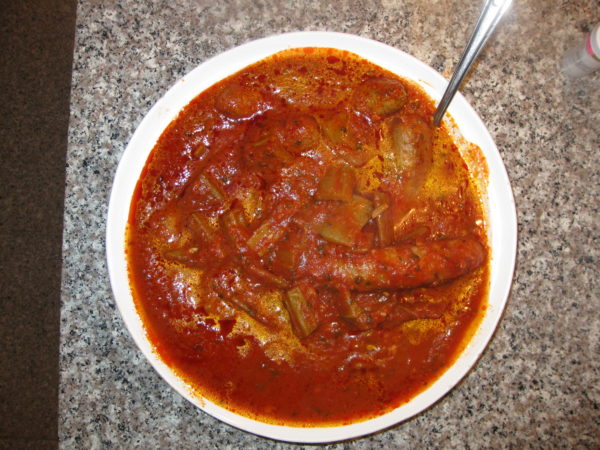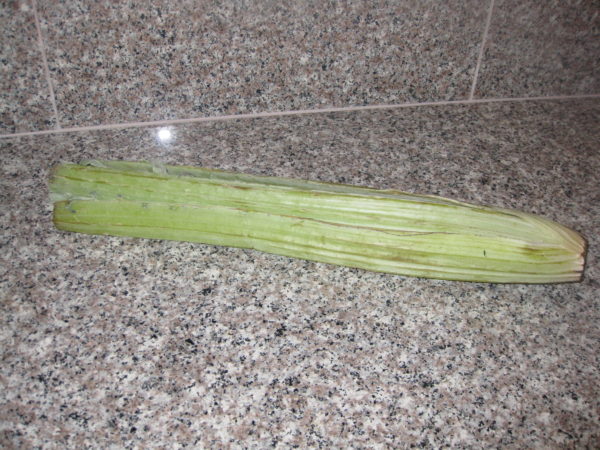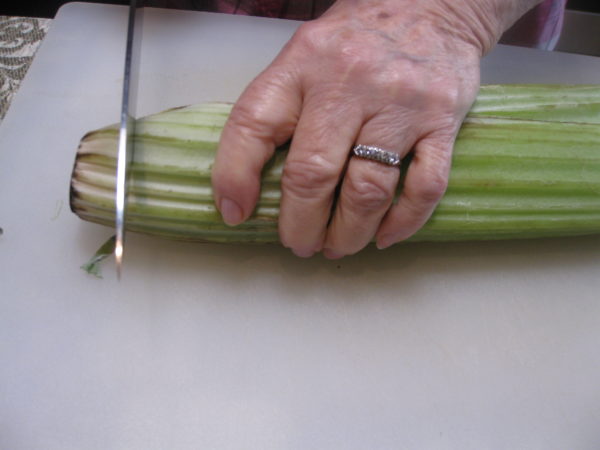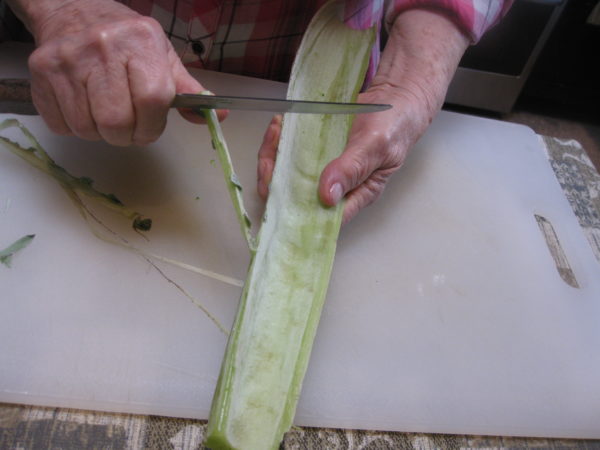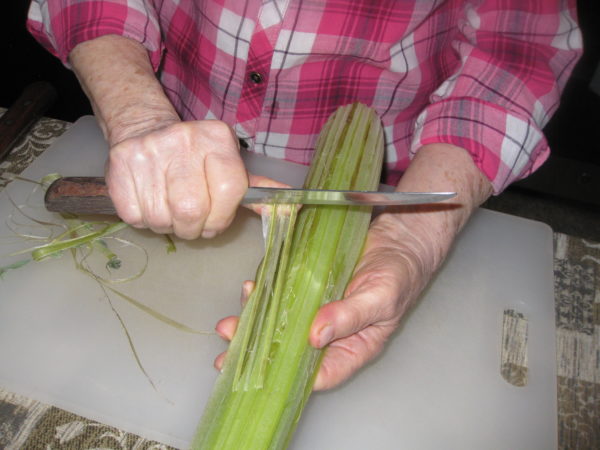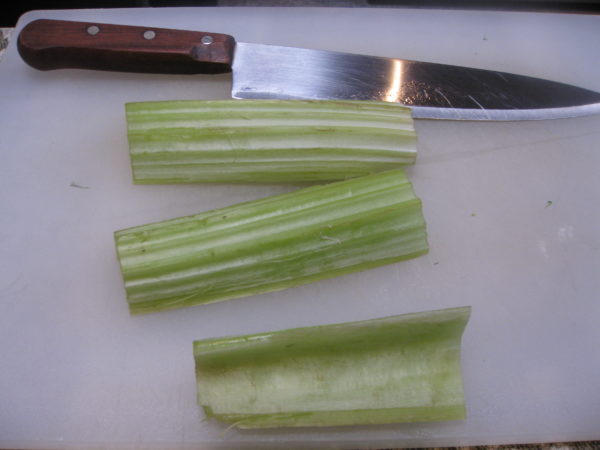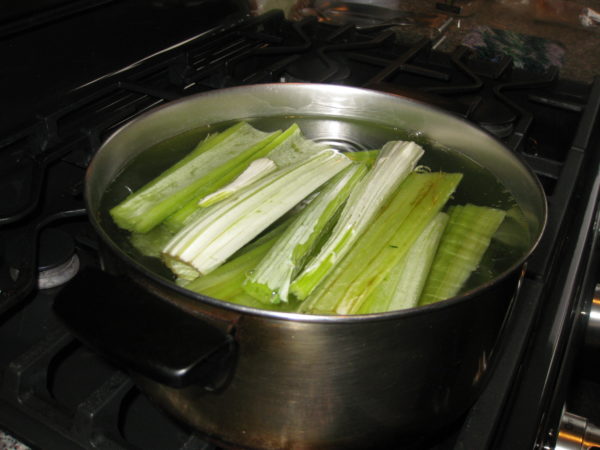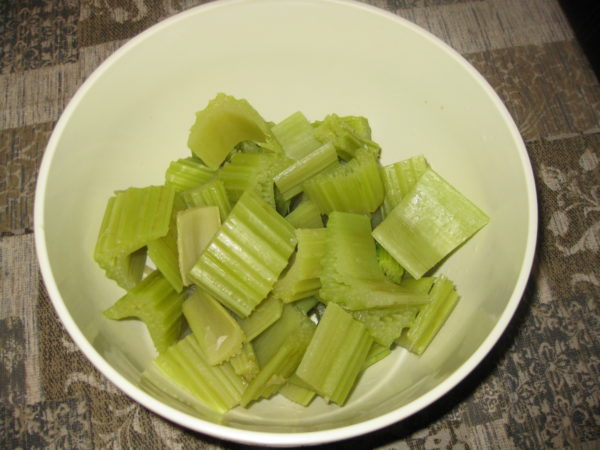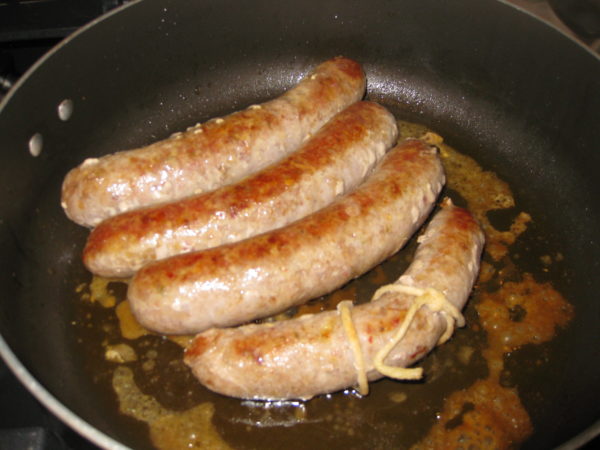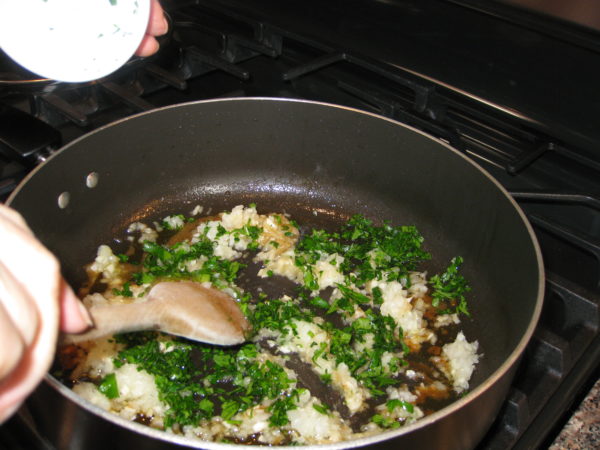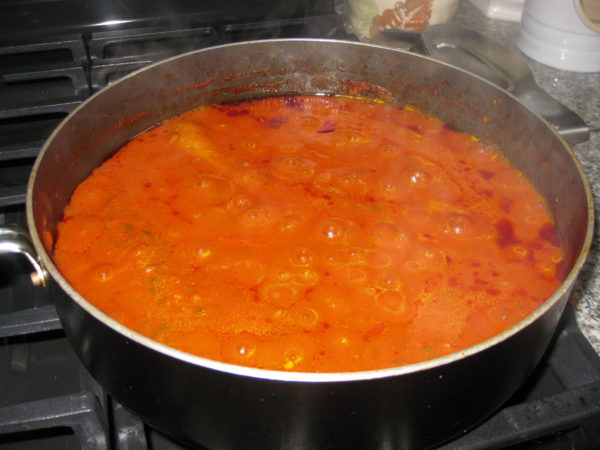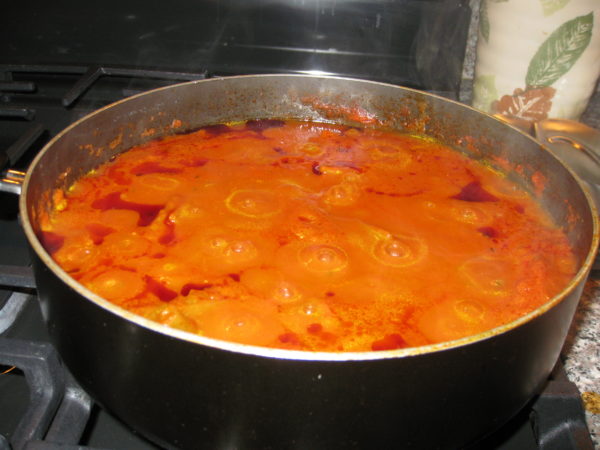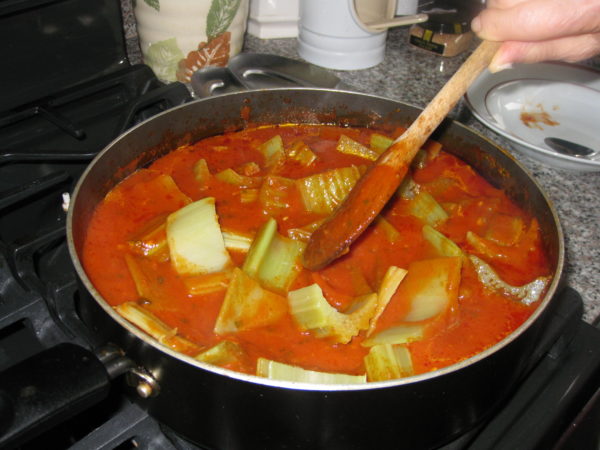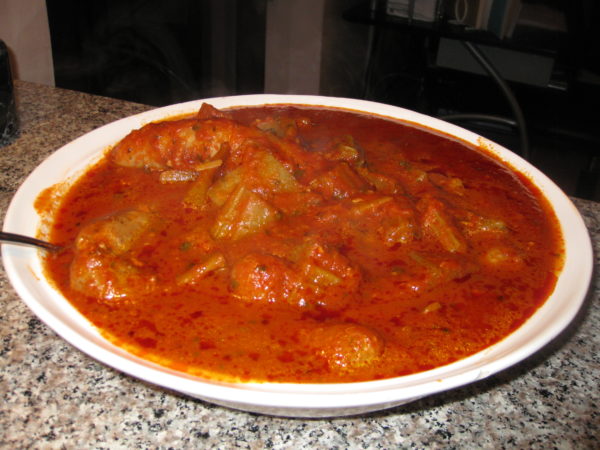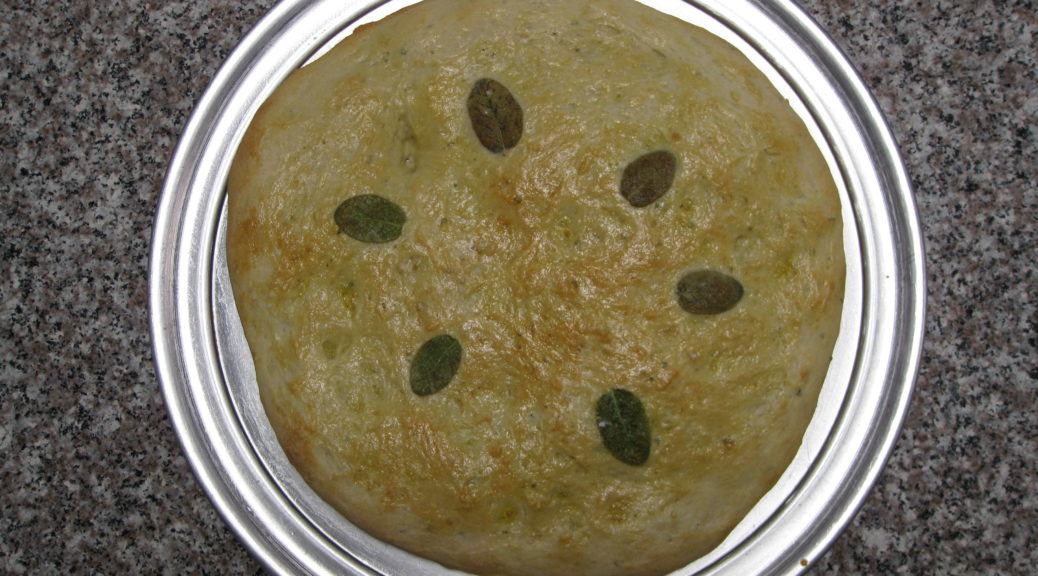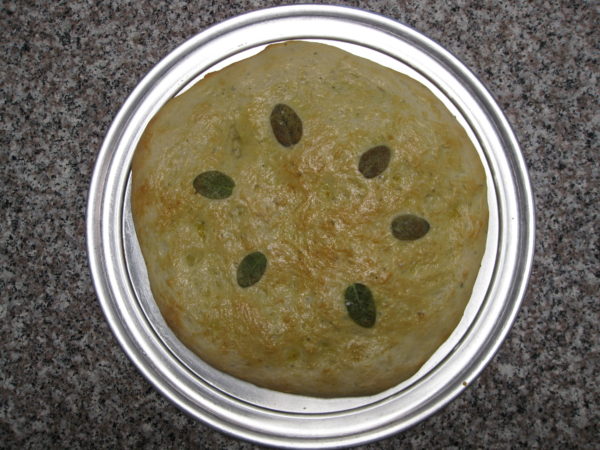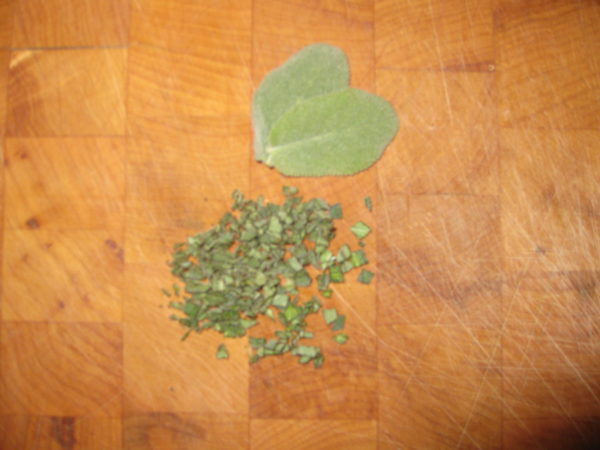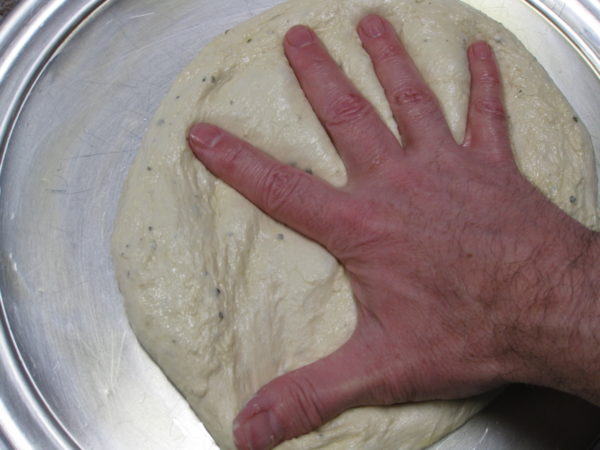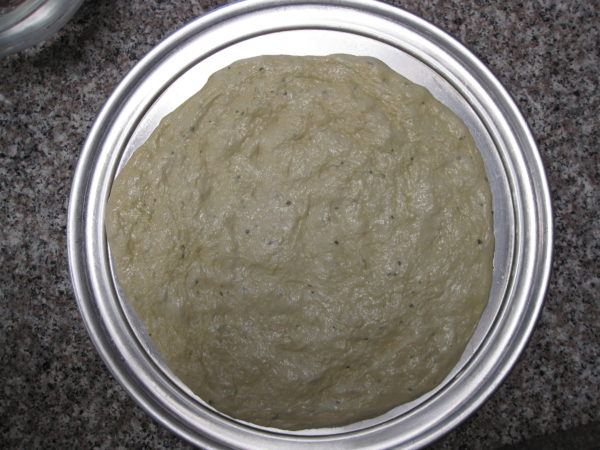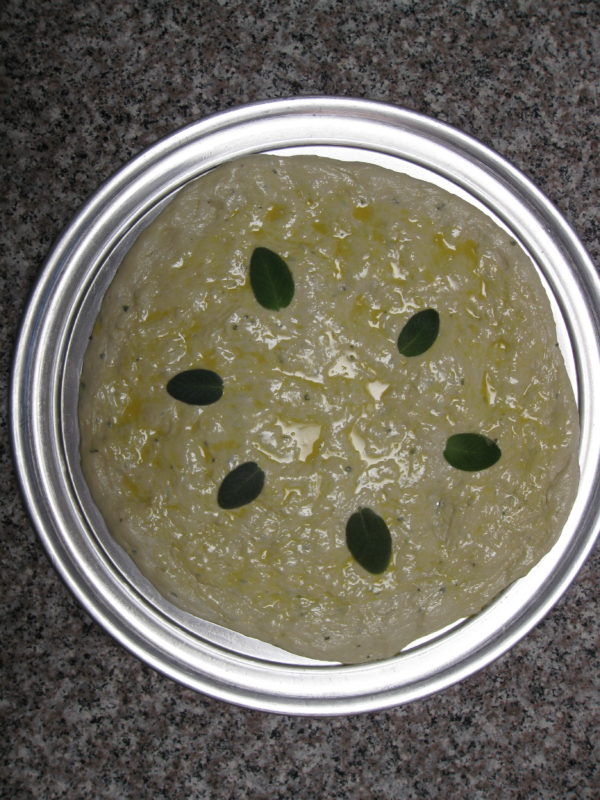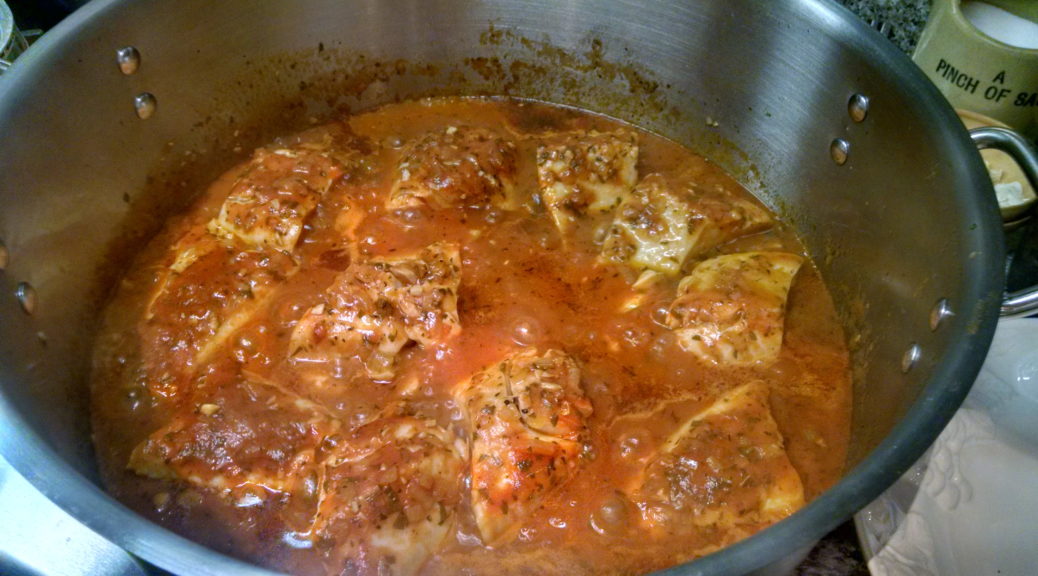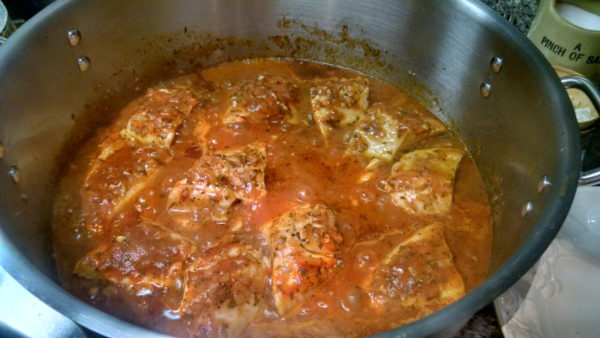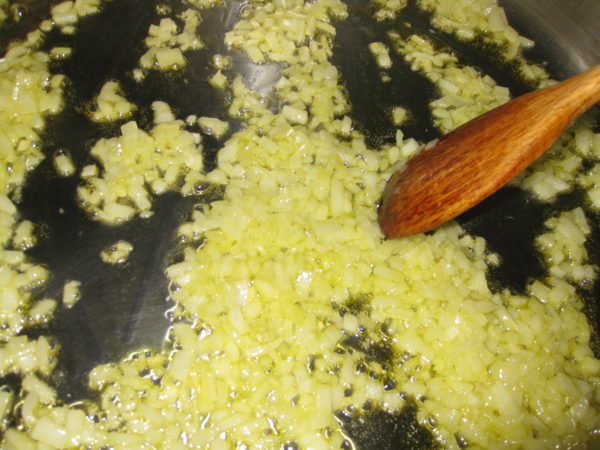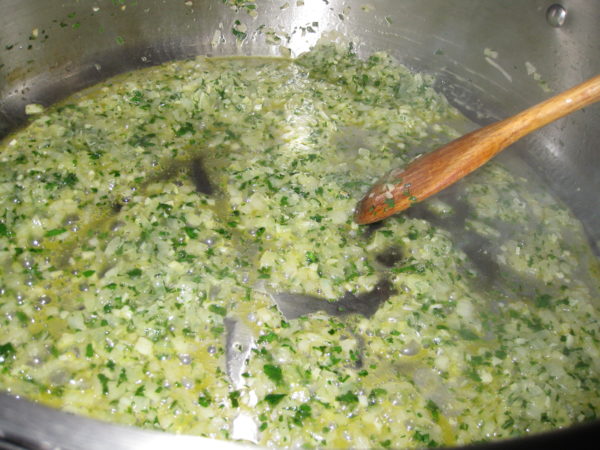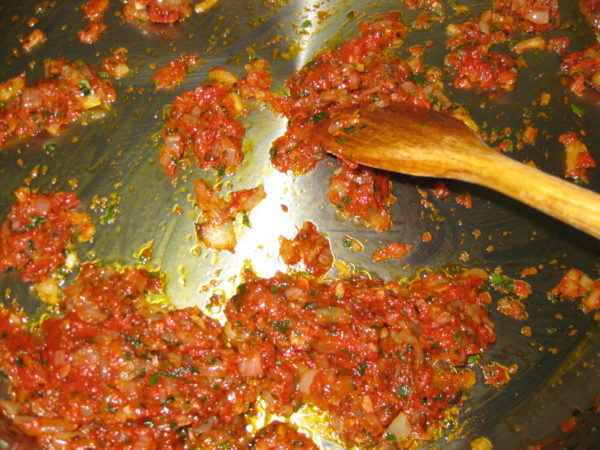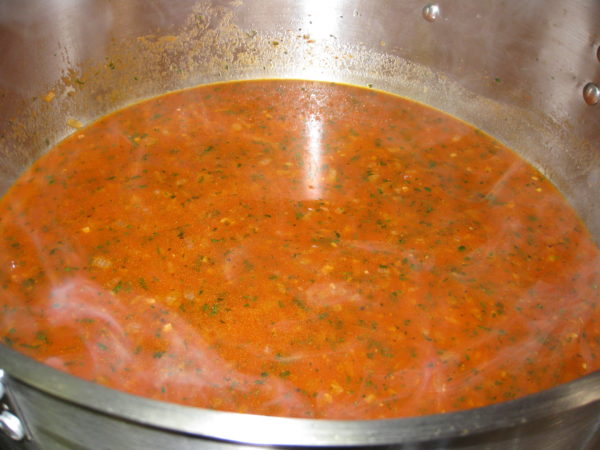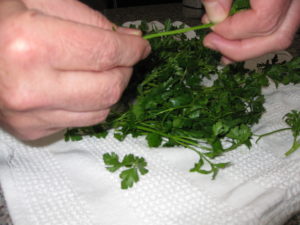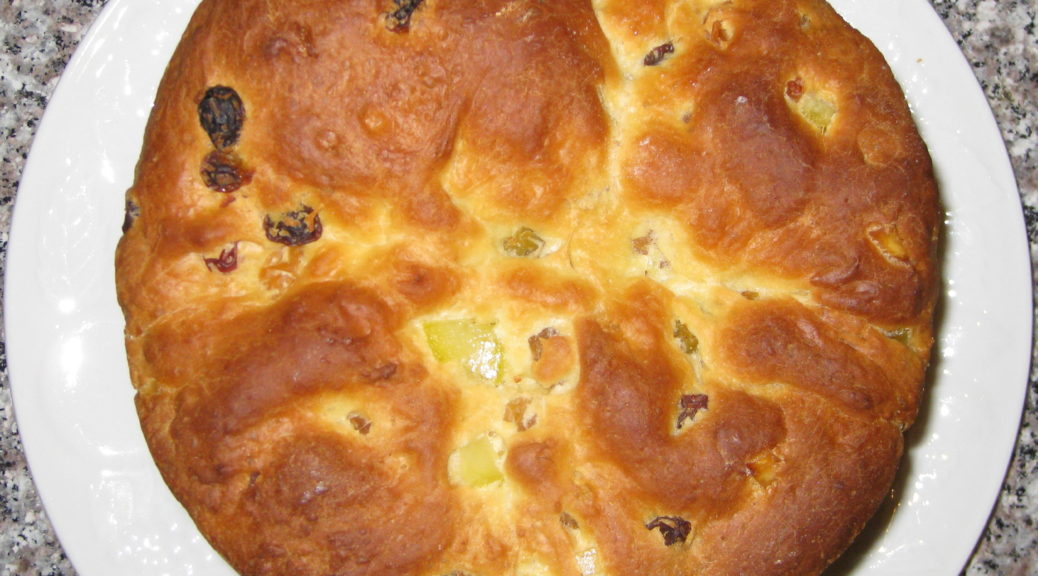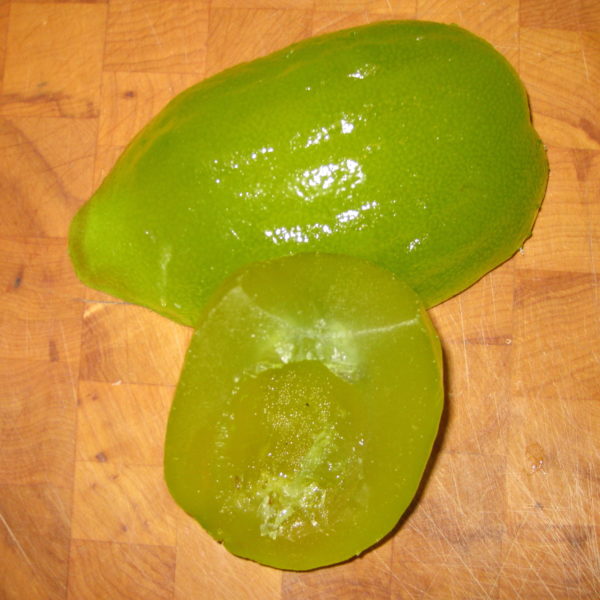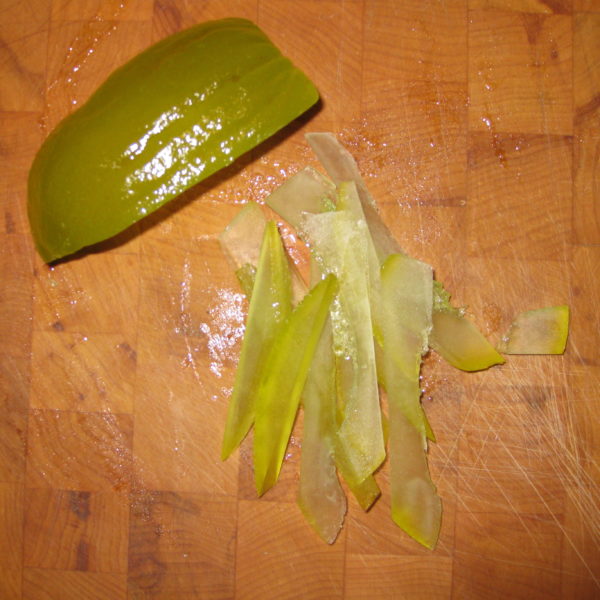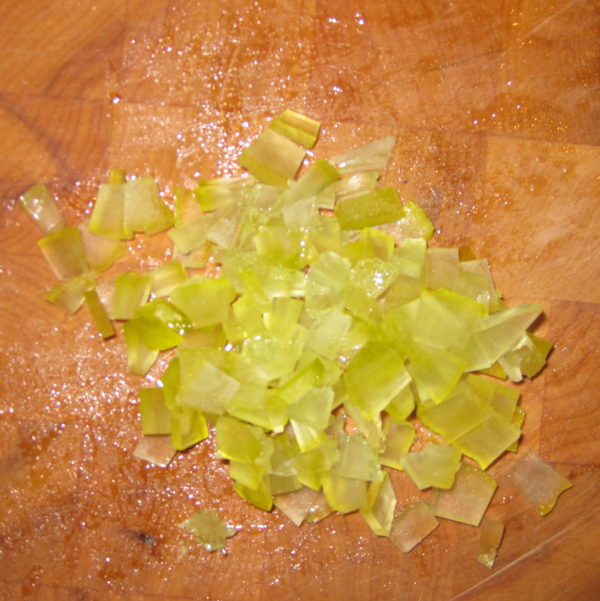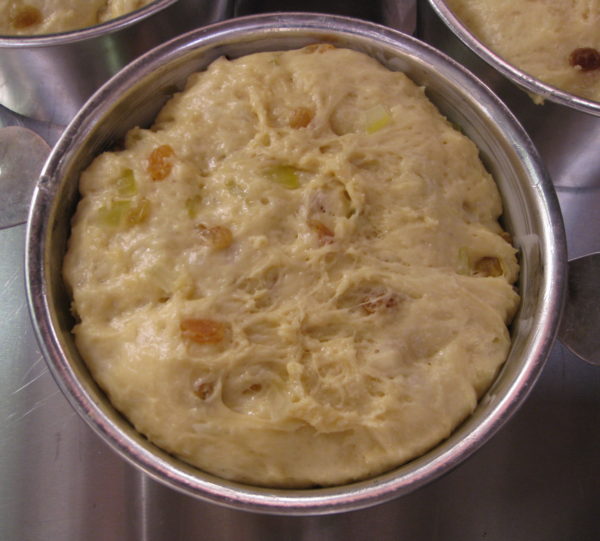April 18, 2017
Blame Upton Sinclair and Crisco.
The quality of baked goods hasn’t been as good since we abandoned lard in a wholesale way in the early 20th century in favor of partially hydrogenated vegetable shortening, with Crisco being the most recognized brand.
And our health has been the worse for it.
Study after study has shown that partially hydrogenated vegetable shortening, because of trans-fats, creates more cardiovascular disease than the animal fats, like lard and butter, it was meant to replace.
Most vegetable shortening was reformulated in the first decade of the 21st century to reduce the amount of partially hydrogenated fat but this still has not resolved all the health-related concerns. There are two main reasons. Many products still contain some partially hydrogenated fat. It’s just that if there is less than half a gram per “serving” the manufacturer can list the amount as zero on the label. The other reason is that the fully hydrogenated fats that have replaced most of the partially hydrogenated fats have been shown to alter metabolism in unpredictable ways. It will likely take us decades to determine their true health consequences.
Several years ago I took a weeklong course at the Culinary Institute of America at Greystone in St. Helena, California. Called “Healthy Kitchens, Healthy Lives” it was sponsored by Harvard University and the Culinary Institute of America. It was a week of hands-on cooking, cooking demonstrations, and lectures aimed at health care professionals. A major take-away point for me was one of the Harvard faculty emphasizing that there was “zero tolerance” for trans-fats. It was as clear a statement on the issue as I had ever heard.
My solution (and it’s been my solution since the early 1980’s when there were enough studies about the effects of partially hydrogenated fats to convince me) is to only use either vegetable oils and fats, like olive oil, corn oil, canola oil or coconut oil, among others, or animal fats, like lard and butter.
I also try to maintain fidelity to the types of fats and oils that would be used traditionally in a given cuisine. Thus, while I cook with coconut oil when making Indonesian food, for example, I won’t use it when I’m cooking Italian food. For the same reason, I won’t use olive oil when I’m cooking Sri Lankan food.
As a youngster, I remember looking at a lot of hand-written recipes. It was amazing to me to see how Crisco (and it really was Crisco at the time) came to replace what would obviously have been lard in a more traditional version of the recipe. This is true for Totos, the Italian Chocolate Spice Cookies that were the subject of one of my first blog posts.
If I’ve convinced you that you don’t want to use solid vegetable shortening and you really want to try lard, you might ask why I’m suggesting that you render it rather than just buy lard from the supermarket.
Have you looked at the label of a block or tub of lard at the supermarket lately?
Well, it’s not just pure old lard any longer. It’s lard and…you guessed it…hydrogenated lard! There are also a number of preservatives thrown in for “good measure.”
You can, however, buy artisanal lard that only contains pure, rendered lard. You may have a difficult time finding these products depending on where you live. You’ll also pay dearly for them; something in the range of $20 to $24 per pound!
So, while I didn’t make a big deal out of the lard called for in my post on Totos, I’m suggesting now that you may want to render your own lard as a replacement for the solid vegetable shortening you’re currently using (both for your health and for the quality of your food) and because I will be posting a number of recipes where lard will be a key ingredient in the coming months.
I understand that rendering your own lard isn’t sexy. Nobody is going to wax poetic about food containing lard the way they might for the perfect long-simmered Southern Italian ragu. But it’s really not that difficult or time-consuming and having the best ingredients, not just the most convenient, will “up” your cooking game!
I started rendering lard for cooking my junior year in college. (Kind of geeky, I know.) I used it with abandon. I had fried foods several times per week and every now and then I would make a complete meal of fried foods, what Italians call Frito Misto.
Unfortunately, I now accumulate extra weight in a way I didn’t in college. So, I eat less fried food but when I do, I want it to taste great. For that, there’s always lard.
- Remove any meat that is clinging to the fat as well as any discolored areas of fat.
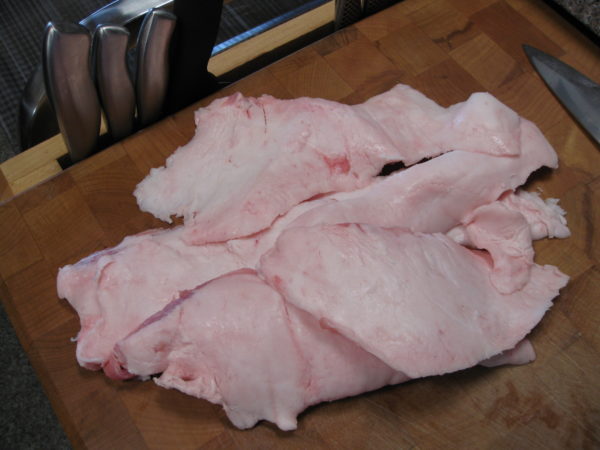
- Cut the fat into long strips approximately ½ inch wide.
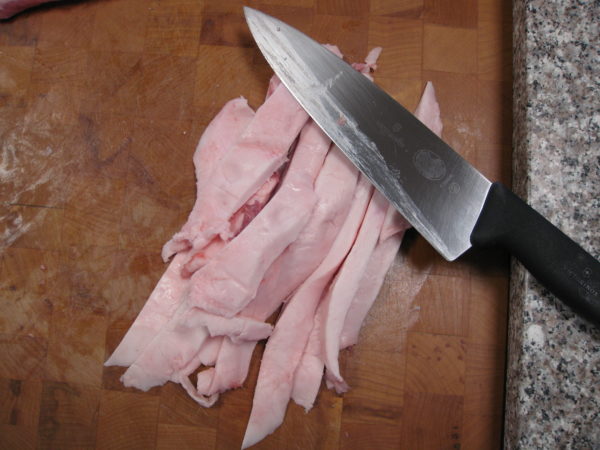
- Run the strips of fat through a meat grinder. If you don’t have a meat grinder, you can chop the fat by hand but this is very tedious.
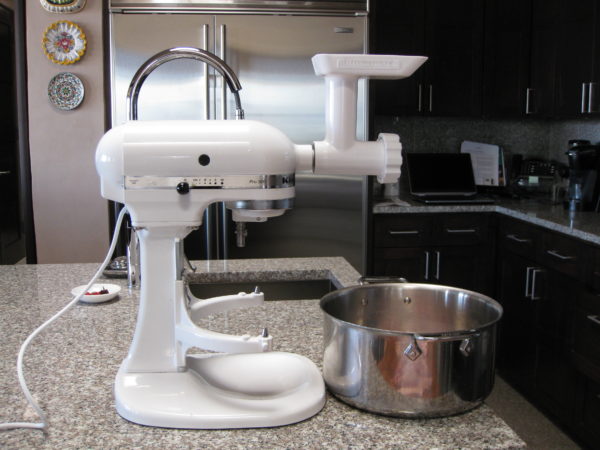
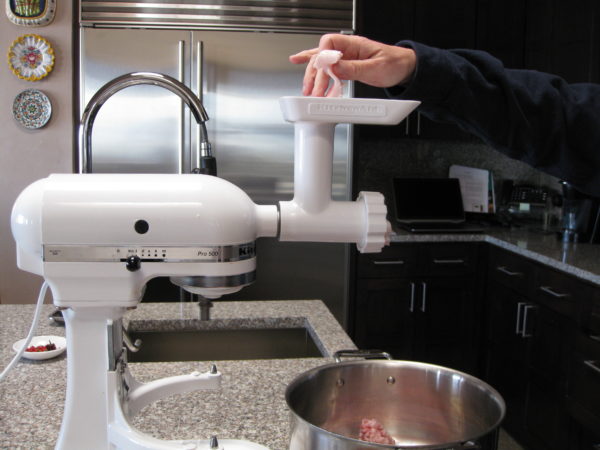
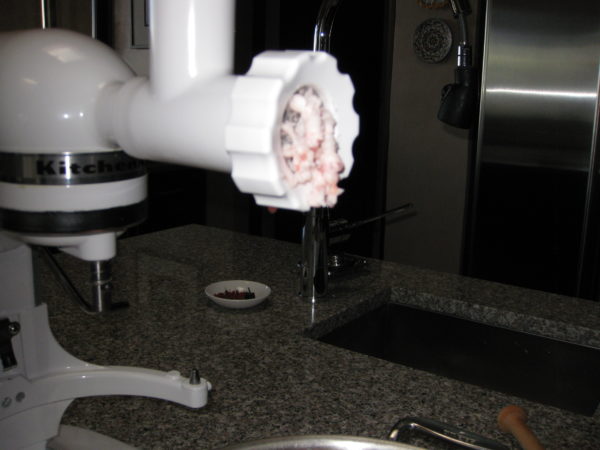
- Put the ground fat and water into a heavy-bottomed pot.
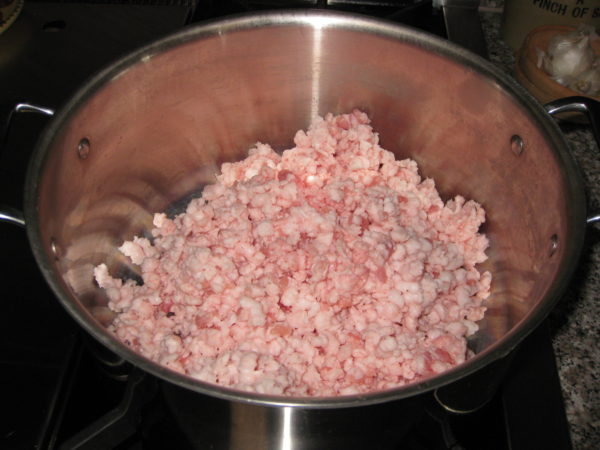
- Cover the pot. Heat on low till some of the fat begins to render.
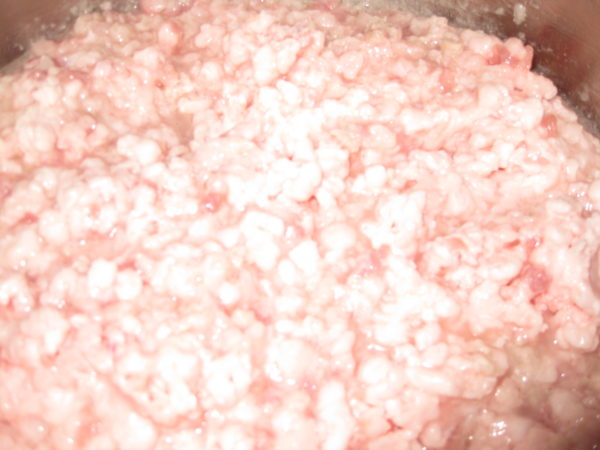
- Uncover the pot. Increase the heat to medium-low and cook, uncovered, stirring every 20 minutes or so until the fat is mostly rendered and the remaining bits of unrendered fat are just beginning to turn golden. This can take 2-3 hours.
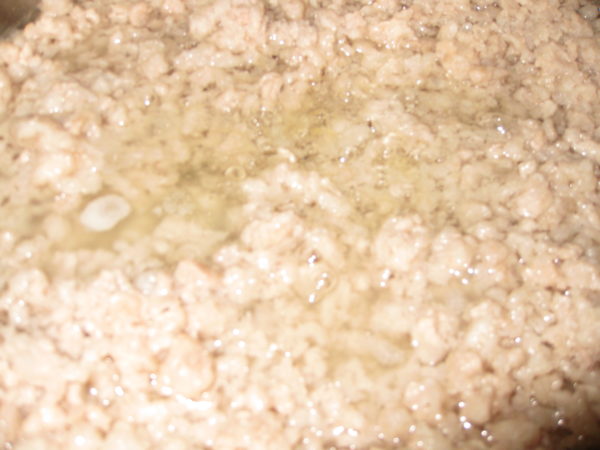
- For the best quality pure white lard, do not brown any of the “cracklings” though a slight golden color is fine.
- Strain the lard into a metal container while still hot. Allow to cool uncovered then cover tightly and refrigerate.
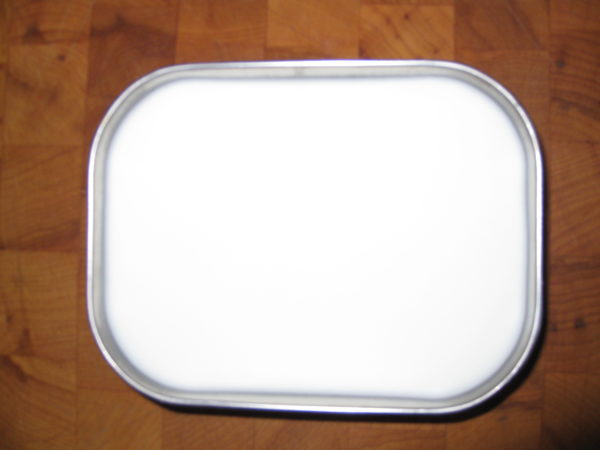
- Lard will keep a very, very long time in the refrigerator.
Copyright © 2017 by VillaSentieri.com. All rights reserved.

